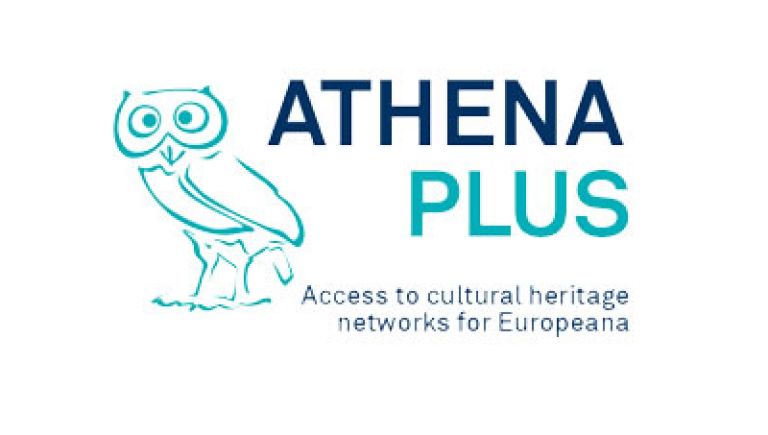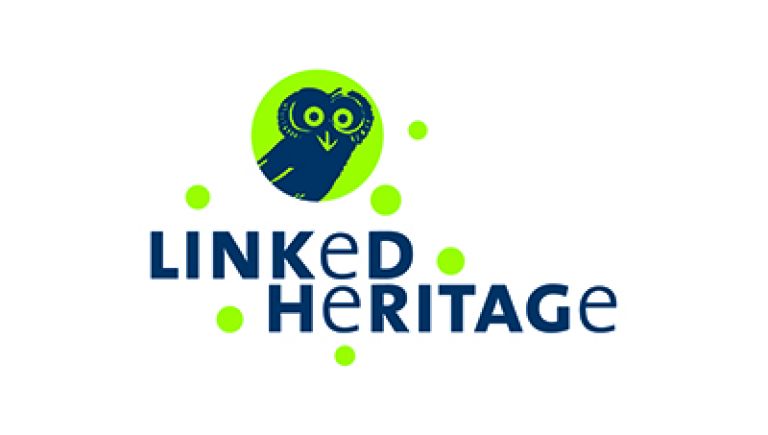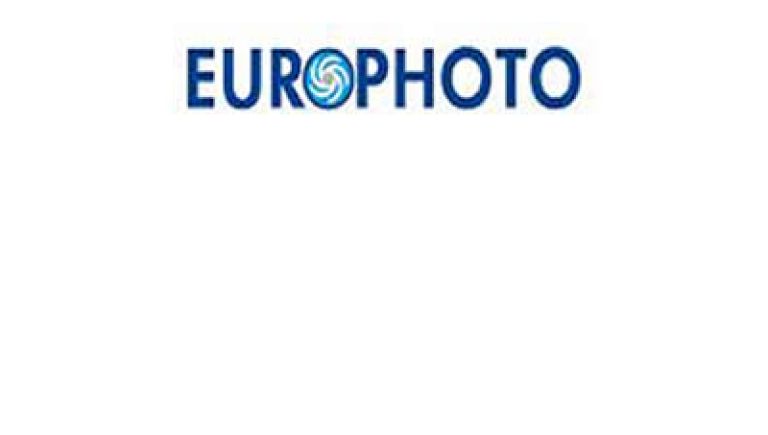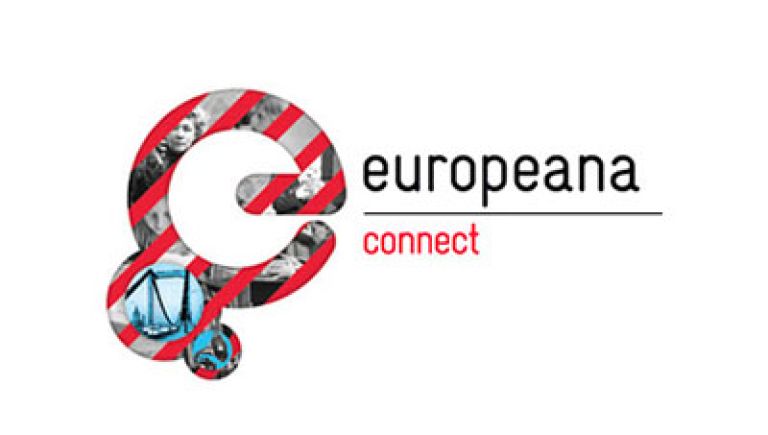Other EU Funded projects
Projects funded under EU programmes that ran from 2007 until 2016
Projects funded under EU programmes that ran from 2007 until 2016

Europeana Sounds is building a sustainable best practice network of stakeholders to aggregate, enrich and share a critical mass of audio material and increase the opportunities for creative re-use of Europeana's audio and audio-related content.

The ultimate aim of the Europeana Space project is to create new opportunities for employment and economic growth within the creative industries sector based on Europe’s rich digital cultural resources.

Europeana Food and Drink focusing on the subject of Europe’s food and drink culture promotes the wider re-use of the digital cultural resources available through Europeana by the Creative Industries to boost creativity and business development across Europe.

Apps for Europe is a support network that provides tools to transform ideas for data based apps into viable businesses.

THE EUHeritageTOUR project aims at contributing to the differentiation of the European tourism offer by developing a Transnational Product focused on the UNESCO Cultural Heritage sites across Europe.

Europeana v3.0 is a project under the ICT PSP Work Programme with the aim to provide the majority of the funding required for the continued functioning and development of the Europeana central services and the Europeana Network.

EUscreenXL is a three-year project that aggregates a comprehensive body of professional audiovisual content and makes it accessible through Europeana and the EUscreenXL portal.

AthenaPlus builds on the successful experience developed by the previous ATHENA project – where LIDO and MINT, the Ingestion Server and Mapping Tool, widely used across the Europeana's ecosystem of projects, were developed - in order to further advance the effective infrastructure and tools to support museums and other cultural institutions in making available digital content through Europeana.

Europeana Cloud will change the way that data is sent to Europeana, and will give researchers new tools to enrich and use that data.

Europeana Creative was a European project which enabled and promoted greater re-use of cultural heritage resources by creative industries.

Daguerreobase develops a common reflection and best practice in the collection and dissemination of information on daguerreotypes in European collections, thus creating a knowledge base designed by and for all of those interested in Europe's divers cultural heritage.

Eurpeana Inside supported the Digital Agenda for Europe by achieving a lasting transformation in the quantity, scope and usability of the content available to Europeana from European cultural institutions by reducing or removing the operational, legal, technical and financial barriers to participation.

Europeana Fashion will provide to Europeana the most outstanding and rich materials about the history of European fashion, include more than 700.000 fashion-related digital objects, ranging from historical dresses to accessories, photographs, posters, drawings, sketches, videos, and fashion catalogues.

Partage Plus digitised over 76 thousand pieces of content for ingestion into Europeana.

Europeana Collections 1914-1918 created the centenary of the outbreak of the First World War - a substantial digital collection of material from national library collections of ten libraries in eight countries that found themselves on different sides of the historic conflict.
3D-ICONS proposes to digitise a series of architectural and archaeological masterpieces of world and European cultural significance and provide 3D models and related digital content to Europeana, with the aim of contributing to the critical mass of highly engaging content available to users.

EuropeanaPhotography was a digitisation project which played a key role in ensuring that digital content related to ancient photography is accessible in Europeana.eu.

A group of 17 European partner institutions have joined forces in the "Europeana Newspapers" project to provide more than 18 million newspaper pages to Europeana.

DM2E aims to technically enable as many content providers as possible to integrate their content into Europeana and to stimulate the creation of new tools and services for re-use of Europeana data in the Digital Humanities.

Europeana Awareness was a Best Practice Network to publicise Europeana at a political level, promote its use by the general public, develop new partnerships and further encourage cultural institutions to provide content

Europeana 1989 was a pan-European project concerning the political and social changes in Central and Eastern Europe in the year 1989; commonly known as the fall of the Iron Curtain.

The project is collecting memorabilia and stories from the period of the Great War (1914-1918).

Europeana v2.0 was a project under the ICT PSP Work Programme with the aim to provide the majority of the funding required to ensure the continued running and development of Europeana.

Linked Heritage has 3 main objectives: To contribute large quantities of new content to Europeana; to demonstrate enhancement of quality of content; and to enable improved search, retrieval and use of Europeana content.

ARROW Plus built on and further implemented the ARROW system, which it refined after the piloting phase in Germany, France, Spain and United Kingdom.

European natural history museums and botanical gardens hold a large amount of multimedia data in their collections, such as specimen images, movies, and animal sound files, all with a reference to an observation or collection event in nature. As a result of Europe's colonial history, these specimens have been collected from every corner of the world over a period of more than three centuries.

Europeana Libraries brought the digital collections of 19 of Europe's leading research libraries to Europeana and The European Library.

‘Digitising Contemporary Art' (DCA) was a digitisation project for contemporary art, i.e. art made after 1945.

In an era where natural history and environmental education inadequacy in formal and informal contexts is becoming an increasingly challenging issue, harvesting the potential of European digital libraries appears as a very attractive option.

The thinkMOTION project as part of Europeana led to the world's largest, free access digital library of content in the field of motion systems, which is essential for all technical domains.

EURO-Photo has digitised at least 150,000 photographs from 10 major European news agencies.

Judaica Europeana partners digitised and uploaded to Europeana 3.7 million items, including 3,611,000 pages from books, newspapers and archives; 62,000 photographs, postcards and museum objects; 23,000 sound files of music and oral history; 2,000 moving image files.

Europeana Regia was a collaborative project that created a European corpus of digitised, mostly illuminated manuscripts.

EuropeanaTravel digitised some 4,000 maps, 16,000 images and 20,000 texts related to the theme of tourism and travel.

EuropeanaConnect delivered technical key components for an improved and user-friendly Europeana of the future. It has made Europeana more multilingual by giving users the possibility to search in more than one language and to have texts automatically translated.
BHL-Europe developed a multilingual portal (www.bhl-europe.eu), which provides unprecedented access to more than 25 million pages of biodiversity literature.

Europeana V1.0 was a Thematic Network that brought content-holders – libraries, museums, archives and audio-visual collections – together with universities, ministries and heritage strategy bodies.

APEnet contributed digital images of documents and its associated descriptions to Europeana, enabling users to explore not only archival materials but also related holdings in Europe's museums and galleries, film-archives, libraries and audio-visual organisations.
PrestoPRIME researched and developed practical solutions for the long-term preservation of digital media objects, programmes and collections, and found ways to increase access by integrating the media archives with European on-line digital libraries in a digital preservation framework.

ATHENA brought together relevant stakeholders and content owners from museums and other cultural institutions all over Europe to evaluate and integrate specific tools, based on a common agreed set of standards and guidelines to create harmonised access to their content.

EuropeanaLocal made close to 5 million digital items from regional and local museums, libraries, archives and audio-visual institutions accessible through Europeana and other service providers